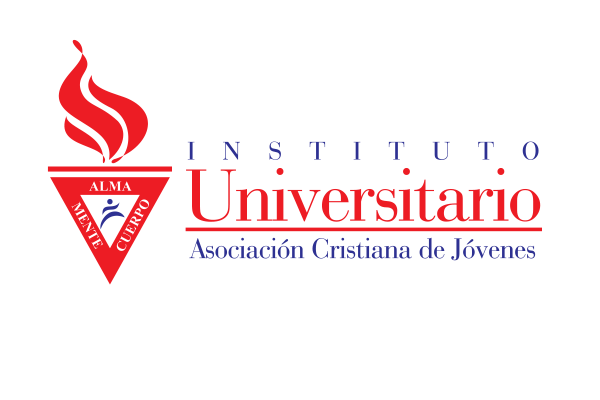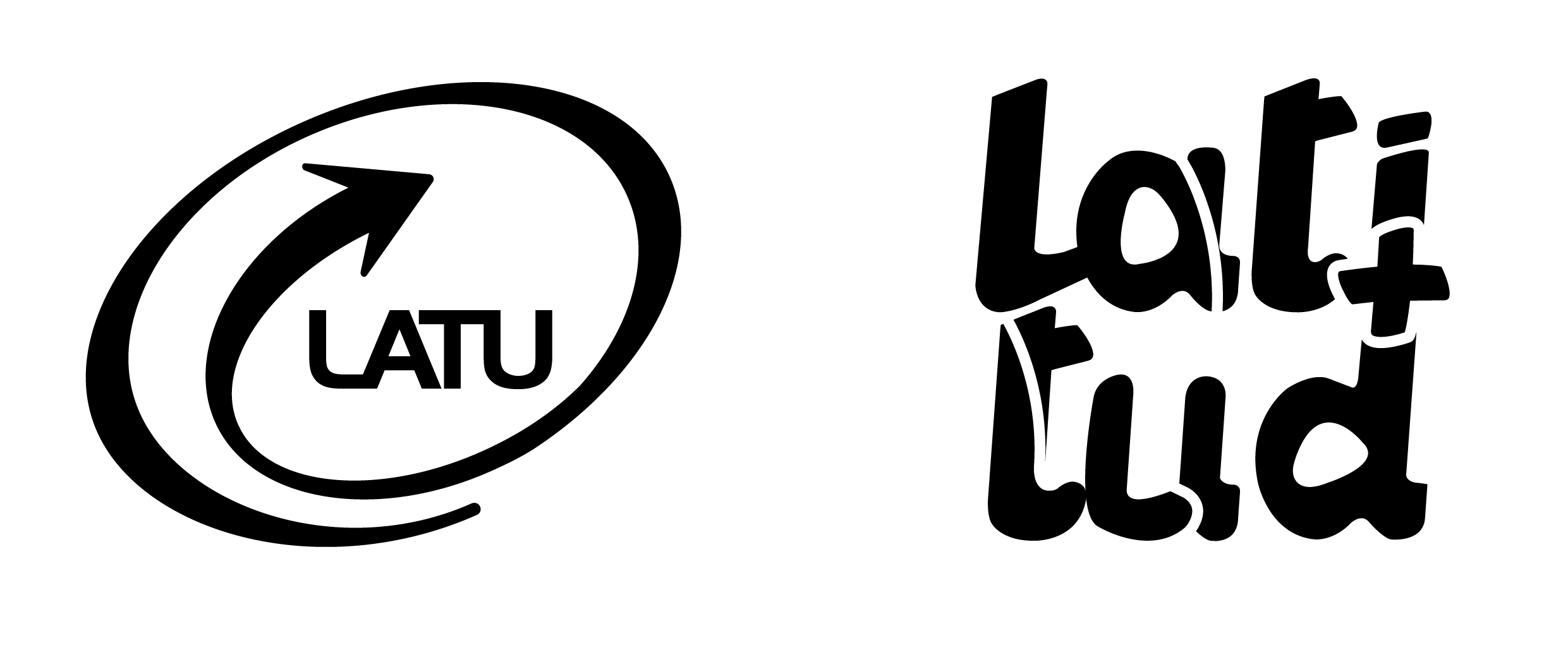Architecture, territory and governmentality: The case of public hospitals in the first decades of the 20th century in Uruguay
Arquitectura, territorio y gubernamentalidad: El caso de los hospitales públicos en las primeras décadas del siglo XX en Uruguay
| 2021 | |
|
State architecture system of professions territory , governmentality power hospitals arquitectura de Estado sistema de profesiones territorio gubernamentalidad poder hospitales higienismo |
|
| Español | |
| Universidad ORT Uruguay | |
| RAD | |
|
https://revistas.ort.edu.uy/anales-de-investigacion-en-arquitectura/article/view/3167
http://hdl.handle.net/20.500.11968/4340 |
|
| Acceso abierto | |
|
Derechos de autor 2021 Santiago Medero http://creativecommons.org/licenses/by/4.0 |
| Sumario: | In the first decades of the country's independence, architecture did not exist as a modern profession and its knowledge was dispersed in various occupations and traditions. It is argued here that the process of professionalization in a national key is intimately associated with the centralized territorial control by the State that is consolidated after the last great civil war, in 1904. Likewise, both the architectural profession and the State are conceptualized as a process of continuous construction whose purpose is government (governmentality in Foucault's conception). In this sense, architecture offers the State a series of disciplinary tools that make up the sense of its professional jurisdiction and distinguish it from other knowledge and occupations. The realization of public hospitals in the interior of the republic in the first decades of the 20th century shows all these processes and even more: it shows that the profession system is not only regulated by the jurisdictional struggle, but also has a significant degree of complementarity. Indeed, medicine and architecture were part of an alliance that was built as part of the same governmentality process carried out by the National Public Assistance from 1910. |
|---|












